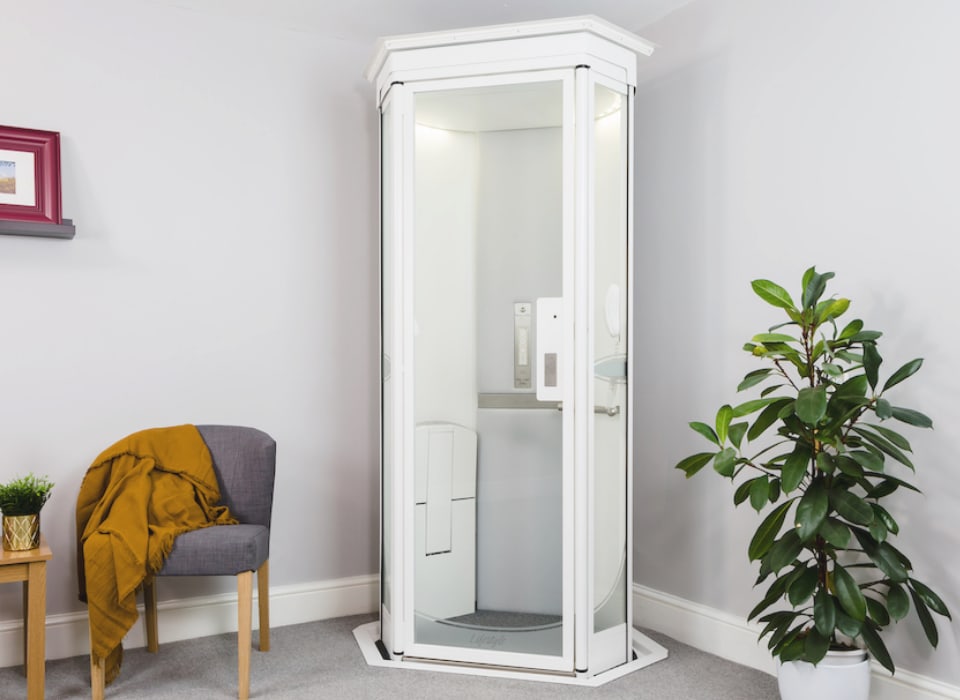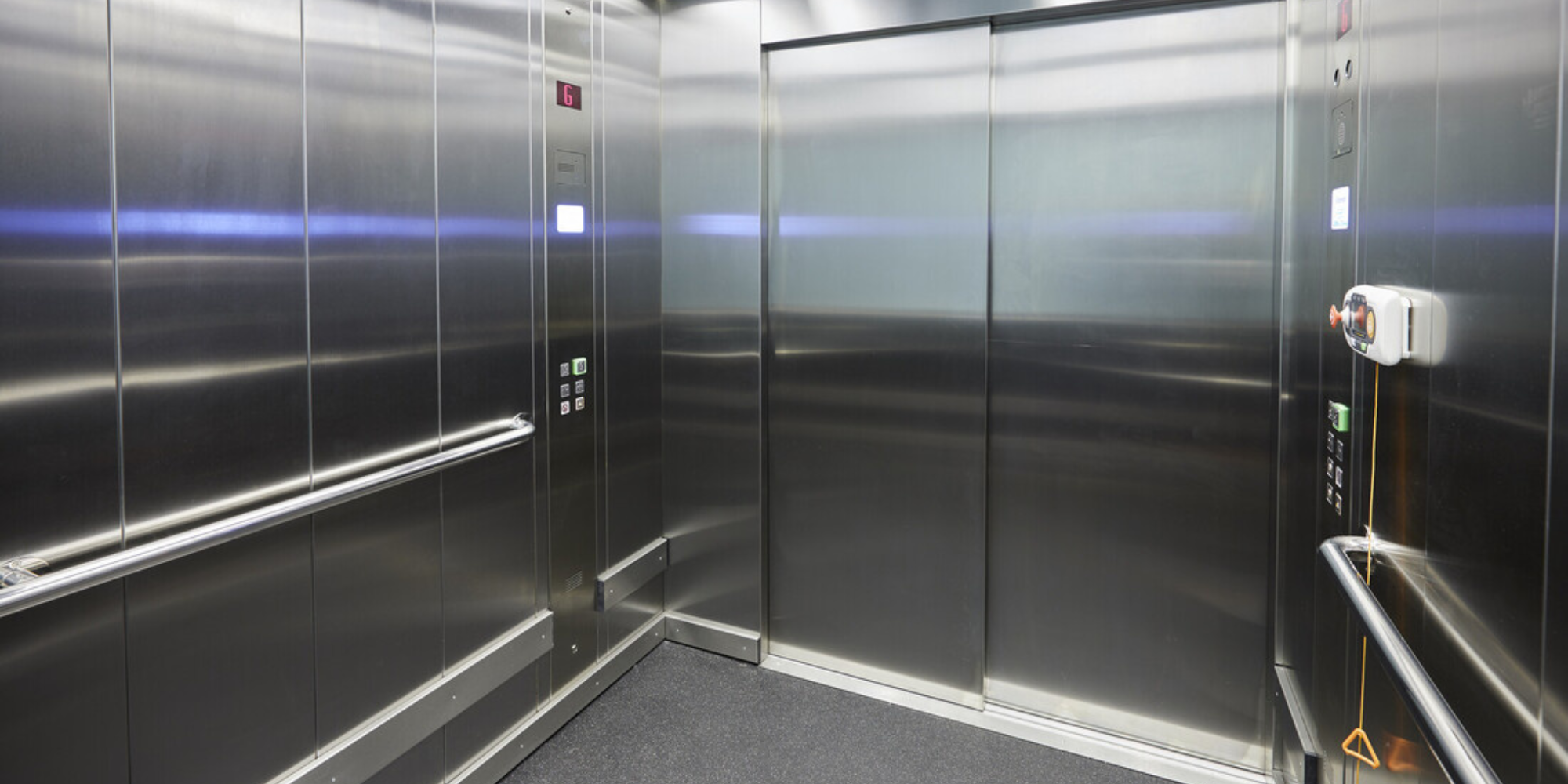London Lift Company: Providing Comprehensive Lift Solutions Across the Resources
London Lift Company: Providing Comprehensive Lift Solutions Across the Resources
Blog Article
Diving Into the World of Lifts: Typical Issues Dealt With by Different Lift Mechanisms
As we navigate with the vertical transport systems of modern buildings, elevators attract attention as a crucial component of our every day lives. However, behind their smooth operation lies a globe of detailed mechanisms that can often encounter challenges. From hydraulic lifts to grip systems and machine-room-less styles, each lift kind comes with its set of typical problems. Recognizing these challenges is vital for making sure the smooth functioning of these important systems. Allow's discover the intricacies that underlie the operation of lifts and the potential issues that can arise, clarifying the detailed internet of lift systems.
Hydraulic Elevators
Hydraulic elevators, usually chosen for low-rise buildings, utilize fluid pressure to regulate the activity of the elevator vehicle (lift repair companies). This mechanism entails a hydraulic pump pressing oil right into a cyndrical tube, causing the elevator to move in the wanted instructions. While hydraulic elevators are recognized for their silent and smooth operation, they do include their own collection of typical issues
One common problem with hydraulic elevators is oil leak. In addition, issues with the control system, such as faulty valves or a malfunctioning pump, can trigger interruptions in the lift's movement.
Normal maintenance and prompt repair work are necessary to ensure the smooth functioning of hydraulic lifts. By resolving these usual concerns proactively, structure proprietors can decrease downtime and ensure the safety and security and performance of their vertical transportation system.
Traction Lifts
When taking into consideration vertical transport systems in buildings, one more typical kind aside from hydraulic lifts is the grip elevator. Grip lifts operate using a system of ropes and weights that relocate the lift car by gripping onto the hoist ropes. This mechanism enables smoother and quicker upright transport compared to hydraulic systems.
Among the common concerns encountered by grip lifts is rope wear. The continuous movement of the ropes within the grip system can lead to tear and use with time, possibly triggering the lift to malfunction or end up being harmful for use. Regular assessments and upkeep of the ropes are necessary to ensure the elevator's proper functioning and security.
An additional issue that grip lifts might run into is connected to the control system. Troubles with the control system can result in concerns such as unpredictable activity, delays in response times, and even complete shutdowns. Normal screening and maintenance of the control system are important to stop such concerns and make sure the lift's dependability.
Machine-Room-Less (MRL) Elevators

One of the essential components of MRL lifts is the portable gearless grip maker that is mounted within the hoistway. This maker successfully drives the elevator auto without the demand for bulky equipment discovered in standard grip elevators. In addition, MRL elevators commonly use a weight system content to balance the cars and truck, additional enhancing their power performance.
Despite their advantages, MRL elevators might face difficulties associated to maintenance and repair service as a result of the confined room for equipment installation. Accessibility for servicing elements within the shaft can be limited, calling for specialized training for technicians. Appropriate upkeep schedules and normal evaluations are important to make sure the continued smooth operation of MRL lifts.
Overloading and Weight Limit Issues
Are lifts equipped to deal with excess weight loads effectively and safely? Overloading and weight limitation problems are vital concerns in elevator operations. Elevator makers style raises with details weight capacities to ensure guest safety and security and devices longevity. Going beyond these weight limitations can cause different issues, including mechanical failings, delays, and safety dangers.
When lifts are overloaded, it places excessive strain on the motor, wires, and various other components, possibly triggering break downs or malfunctions. Security devices such as sensors and overload sensors remain in area to protect against elevators from relocating if they discover excess weight. Furthermore, surpassing weight limitations can result in increased power consumption and damage on the elevator system.
To alleviate overwhelming concerns, constructing supervisors ought to prominently show weight limits in elevators and enlighten owners on the importance of adhering you can look here to these restrictions - lift repair companies. Normal maintenance checks by certified technicians can likewise assist ensure that lifts are running within secure weight criteria. By dealing with overloading and weight limit problems proactively, structure owners can enhance lift security and efficiency
Electrical System Failures
Surpassing weight restrictions in elevators can not just cause mechanical concerns but additionally potentially add to electrical system failings within the lift infrastructure. Electric system failings are an essential issue in elevator operation, as they can cause unanticipated closures, breakdowns, or even safety and security dangers. One usual electric issue is the overheating of elements because of extreme present circulation triggered by overloading the elevator past its ability. This can lead to damage to the view circuitry, motor, or control systems, leading to pricey repair work and downtime.
Routine upkeep and inspections are vital to identify and attend to possible electrical problems without delay, making sure the reliable and risk-free procedure of elevator systems. By sticking to weight restrictions and performing routine electrical system checks, structure proprietors can reduce the threat of electric failures in elevators.
Conclusion

Hydraulic lifts, usually preferred for low-rise structures, make use of fluid stress to manage the motion of the lift car.When taking into consideration vertical transportation systems in buildings, one more typical type aside from hydraulic lifts is the traction elevator. Traction lifts operate making use of a system of ropes and weights that move the elevator vehicle by grasping onto the hoist ropes. Unlike traditional lifts that require a separate device room to house the devices, MRL lifts integrate most of the parts within the shaft, eliminating the requirement for a dedicated equipment room.In verdict, elevators encounter usual issues such as hydraulic malfunctions, grip system failures, and electric system issues.
Report this page